Photography is an intrinsic act of preservation, with the potential to (and examples of) extension of a frozen frame through many decades, after exposure. Photographs have offered a visual translation and propagation to some of the most powerful ideas that have played a role in shaping the world over the past two hundred years. Preservation is such a fundamental aspect of the medium that many photographers feel an obligation towards encouraging that preservationist philosophy not only in regard to sharing moments and memories, but to the inseparable backdrop our lives take place against. Decades of reckless practice in all kinds of industries has brought us to a collective brink, an absolute existential crisis which threatens everything we take for granted. Confronted by the guaranteed horror from even a superficial understanding of this slow-burn catastrophe drives our decision making, which in turns informs what we choose to accept, and what we choose to reject. There will be no photographs on an inhospitable planet, no history to write, or aesthetic to admire.
In photography discourse this dilemma manifests in the most obvious and everyday sense: what items of kit and gear can we justify “consuming” purchasing and incorporating into our workflow that will be practical and fulfil all of our technical needs, while also having the minimum impact on the wider context of its industrial production?
The sustainable practice/existence this line of questioning implies is of course not limited to gear specifically or photography as a genre, they are present in every area of life. A photographer who has already made the most eco-ethically sustainable decisions from their perspective does not need to stop there, the gear itself doesn’t represent even a majority of what may actually make a difference. Whether or not a photographer walks, drives, or takes public transport to where they want to work, how they choose to print their work, the foods they eat, even the cosmetics they might use. There are some lovely ideas already popular in “photography culture” even if they sound cliche – like “take only photographs, leave only footprints” which apply regardless of the rest of ones practice.
There are paths we can collectively take which will continue to improve life and raise standards across the world that don’t involve changing our individual behaviours much – but these paths involve systematic change beyond what an individual can realistically achieve. These changes should not have too great an effect on photography, as even some small fractions of mega-industries eclipse the pollution produced by camera, lens, and film manufacturing. Even removing a few oil tankers from operation would cut down on many millions of CO2 emissions.
These changes would mean a “slower” and, ironically, a likely more analogue existence. Less rushing towards trivial goals, less of a need for instant or exotic transported goods, self sustaining local communities, all contributing to the preservation and healthy development of humanity. Big picture aside, the action we take on our small individual scale is still essential for implementing sustainable behaviours and lifestyles which we hope will be reflected by the wider culture. For photographers this means accounting for the different aspects of a practice and their effect on the local environment as well as the wider, holistic ecosystem. The most obvious starting point is in the tools of the trade: chemically coated cellulose acetate film, and digital sensors as the core essential method of recording light projected by a lens, contained within the light-tight box of the camera itself. There are shared factors that different mediums possess, they are all part of a supply/demand /resource system, and consumption within such a system will always involve exploitation even if there’s a label telling you you’ve done nothing wrong. There are no true forms of ethical consumption, which translates almost like a form of original sin to everything derived from that consumption. However it feels disingenuous to say that a consequence of this is that there are no ethical ways to be a photographer – I’d say that we start from that position, but doing what we can wherever possible moves us away from that course, as we attempt to correct and compensate for factors that are out of our control. There is subtlety in all the arguments on this topic, and while I am mainly mentioning broad strokes, I think it’s best to take them within this wider context, and not as a moral judgement with any kind of clear “winner”.
The environmental argument against film is that film is a “consumable”, and involved in that consumption are the production of the plastic stock itself, the silver and other chemical components that are added, the metal canister the film is loaded into, the plastic pot which then stories the canister, and the cardboard box which it all comes packaged in. This gives a real sense of using something unique every time you open and load a roll. Even though the packaging is recyclable the film itself is not (although I’m sure for most the film itself once used is worth holding onto!), because it is plastic, silver, and other chemicals. On the other end of the process is the use of water (perhaps the most valuable resource humanity possesses) and other chemistry to develop the film.
There’s more packaging being wasted from a supermarket meal-deal than a roll of film, and think about how many of those are bought on a daily basis compared to how many rolls of film total are likely to be used that day – but even thought that feels like where the waste is happening from the consumers point of view the majority of the wastage/environmental harm from that meal-deal occurred before it arrived on the shelf.
I think the “proximal” nature of the process is where the idea that working with film is more eco-unfriendly overall than digital – open the packaging your digital kit comes in and that’s it, you don’t deal with an ongoing byproduct to be recycling/throwing away.
Just because you are further removed from the waste doesn’t mean that it doesn’t exist, or that you haven’t contributed towards it. For a digital camera raw materials (some involving input from slaves) still need to be mined, refined, and transformed into the camera body, microchip, sensor, screen, and other electrical components. This is not ambiguous, but because at point of use it is an abstraction, it can feel like it isn’t a factor.
This is true of film cameras themselves, however (aside from a few outliers) film cameras are not really being produced today, so purchasing one is not contributing to an active industrial process. Mechanical cameras in operation today are not part of an upgrade cycle, there will not be a “Nikon F2iv” to switch to after a few years. Instead, and with good maintenance, they will stay as they are, with nothing new to need to learn to operate it, no changing designs and menu systems to learn, just a steady reliability. Historic pollution vs supporting an ongoing industry today is a compromise, but one which fits into a wider lifestyle of reduction, reuse, and recycling.
While a digital camera will last longer than a roll of film they are usually a part of this consumer cycle, as are most electronic goods. An upgrade to a digital camera doesn’t mean that a user of a current model will automatically buy it, but enough do that the cycle continues, as does the resource gathering and production of those new products.
While film is technically a “bio-plastic” the silver content and possible dyes/mix of chemistry makes it hard to recycle – but the nature of film is that it should be kept, for printing, scanning, projection, and archiving. I don’t know many who work with film only to throw it away (although I do have some thoughts on this that I may write about another time). We can still produce prints and scanned digital images from negatives made over a hundred years ago. I doubt the same will be able to be said about a degraded 100 year old JPG.
Plastic film pots are very desirable to homeless shelters, who repurpose them to distribute things like toothpaste, shampoo etc in small portions for care packages, so if you’re able to collect these and donate them I strongly recommend it!
The metal film canisters themselves can be easily recycled, or reused for bulk rolling. Most labs will have a good system for waste management, not only in the handling of the physical metal canisters, but also the chemical byproduct as well. If you don’t know how your local lab are dealing with these, reach out and ask them! If they don’t have something set up then encourage them to adopt some healthy practices – although if they are businesses they ought to already be held to an industrial standard. Similarly, take care when recycling disposable cameras to remove the sticker-externals so they are easier to process.
If you’re developing your own film then a good filtration system and heavy dilution of chemicals will make them safer for disposal. Check with your local authority to see whether they are OK to be emptied into the water system, or if a chemical collection service exists. Working with chemicals like selenium may mean you need more specialised handling. For most situations used chemicals will be no worse than the average home cleaning product, so if you aren’t going to extra lengths to dispose of a mop bucket of bleach there shouldn’t be an issue with development chemistry.
Film contains by-products of the animal-slaughter industry, mainly gelatine from boiled bones, cartilage, and skin. As far as I’m aware no animals are specifically killed to supply these, I don’t know of any film manufacturer who have a stables and slaughterhouse on-premises. The actual quantity of gelatine per roll is relatively small, with ADOX claiming that they are “coating with about 3-9 grams per sqm which equals 16 films… So the bones of one dead horse can deliver enough gelatin for tens of thousands of films.” (9 grams divided by 16 films is 0.5g per film, unless my maths is wring which is usually is, please correct me in the comments if this is the case)
The animal rights group PETA (who have their own ethical dilemmas, and are not a group I take as an authority on most topics) actually offer a very balanced argument to justify their historic use of film photographs:
“there was little choice, and we made the decision to use film—with the knowledge that it contained gelatin—to document cruelty (e.g., in the case of the Silver Springs monkeys) and to educate people. It was an imperfect decision, but we felt that, ultimately, taking photos with film served the greater good by bringing the plight of animals into the public eye.”
This is similar to my comment earlier, that working towards a greater good can facilitate a lesser-of-two-evils decision making model. My reasoning behind working with film is not only aesthetic/personal preference, but based in an understanding of the value of physical proof. If your photographs are contributing towards a cause you believe in then that may be enough to balance your personal moral scales.
While no alternative exists for gelatine there are plenty of “natural” solutions for development and fixer chemistry, including solutions involving coffee, and seaweed. Film chemistry does not use animal product as far as I’m aware, so the decision to switch to a less industrial feeling chemical option would be down to personal preference, rather than relating to animal welfare.
Gelatine is also used on darkroom papers – but this process does not use ink; no ink touches the page until/unless the photographer signs their work. By contrast printing with ink requires for that ink to saturate the paper, and a commercial digital printer will be using and disposing of ink cartridges as part of their process.
Many film cameras require no battery, as they have no electronic components. For those that do, rechargeable options are usually available, and I have rechargeable AA and AAA, but my most commonly used ones are rechargeable LR44, which power my M6, XA, and F2 – a very commonly used battery. Digital cameras use rechargeable options as the default, but tend to introduce a new type/shape every few upgrades, which means the old ones become redundant. If you’re charging from mains then it is worth making sure your service provider is generating via renewables, as again just because it is something happening further away in a detached way from your photography doesn’t make it any less fundamental an aspect.
Long term application is worth considering, if you are just starting out in photography then it is worth figuring out which path more closely aligns with your preferred style of consumption. Whether you want to contribute to current ongoing electronics industries, or chemical manufacturers, whether you want to be able to maintain and repair one camera over decades or be part of an upgrade/replacement cycle. I don’t believe this kind of argument is effective for “converting” someone from one method to another, but if you’re in a decision making stage around your gear then these will be factors.
While there is merit and issues with either of these mediums, the areas I feel clearly offer a “righteous” answer are to at least buy secondhand so as to not contribute to active industry, and to buy durable, long-lasting gear which won’t need replacement every few years, and where repair is more viable, affordable, and realistic than replacement. For some, this will result in something like a Nikon D5, and for others it will be a Nikon F4. My Leica M6 has been in operation with various users since the 1980s before finally reaching me, and there’s no reason it can’t outlast me and continue to be used long after my death for many more years.
Share this post:
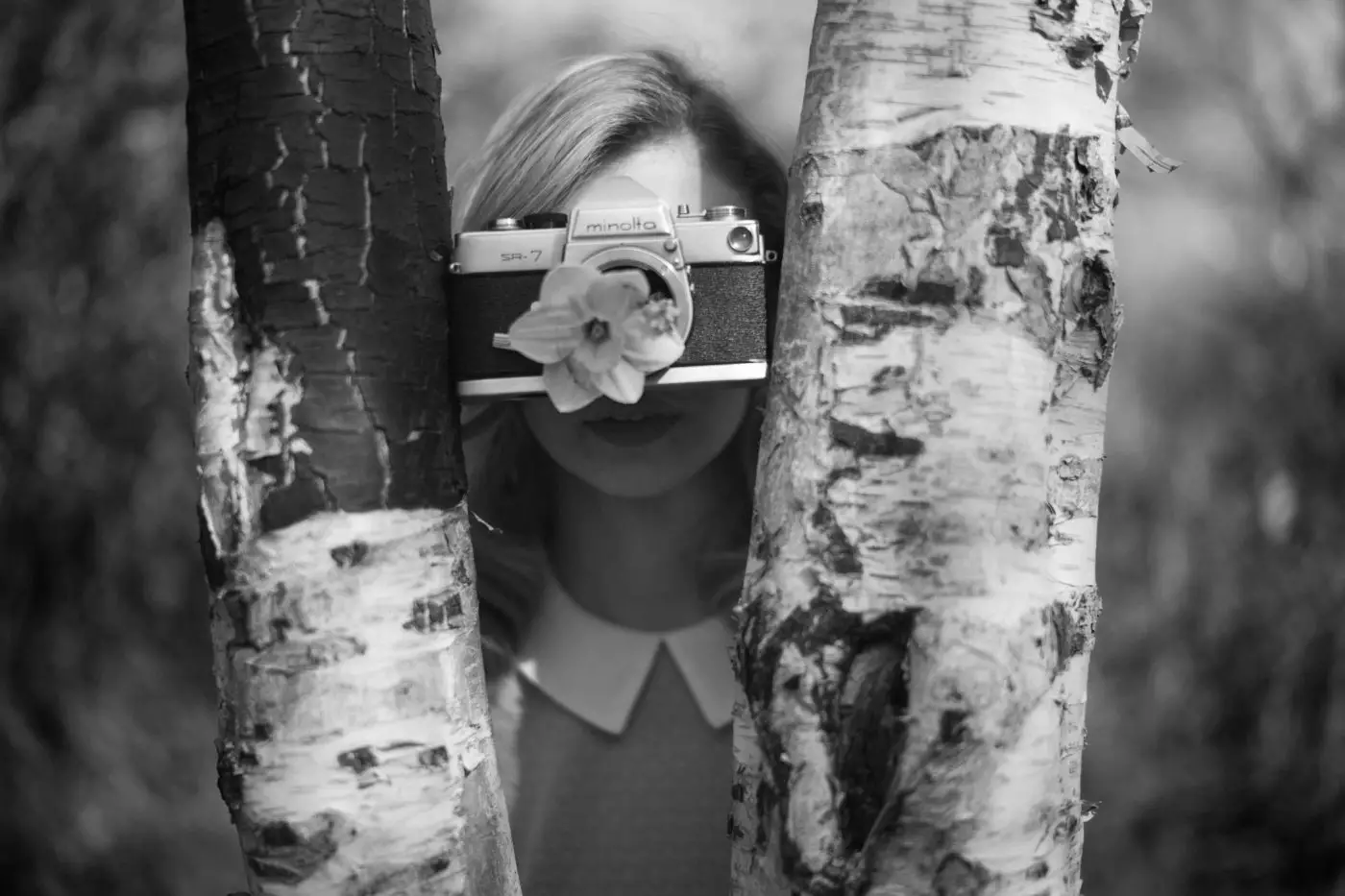
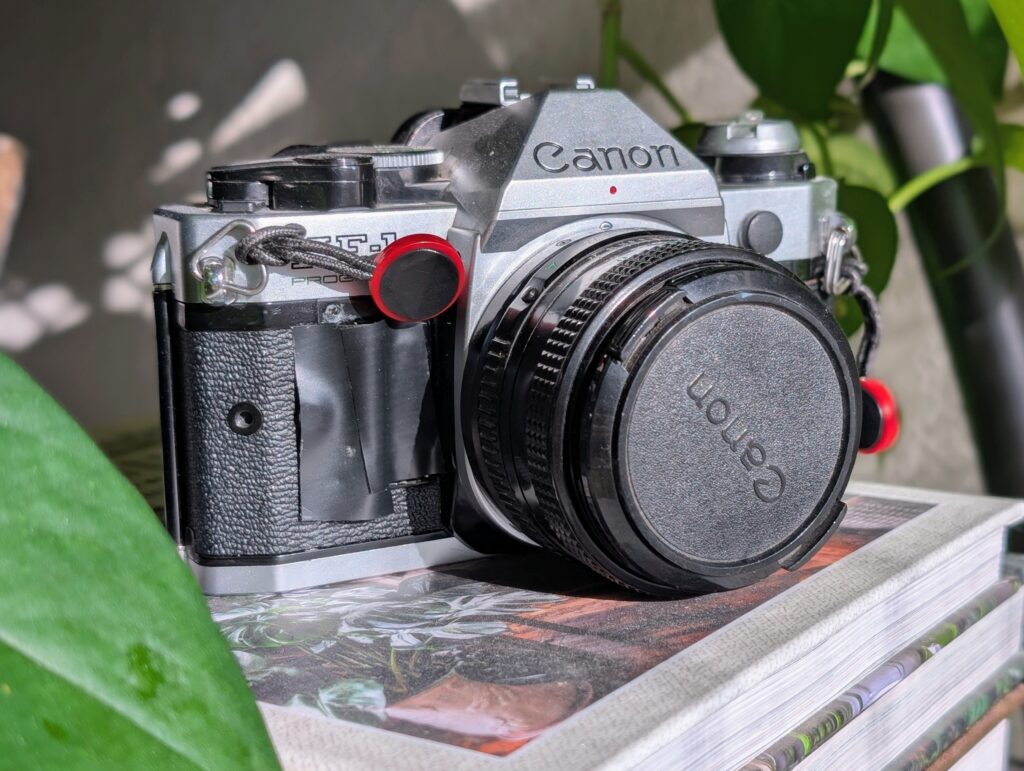
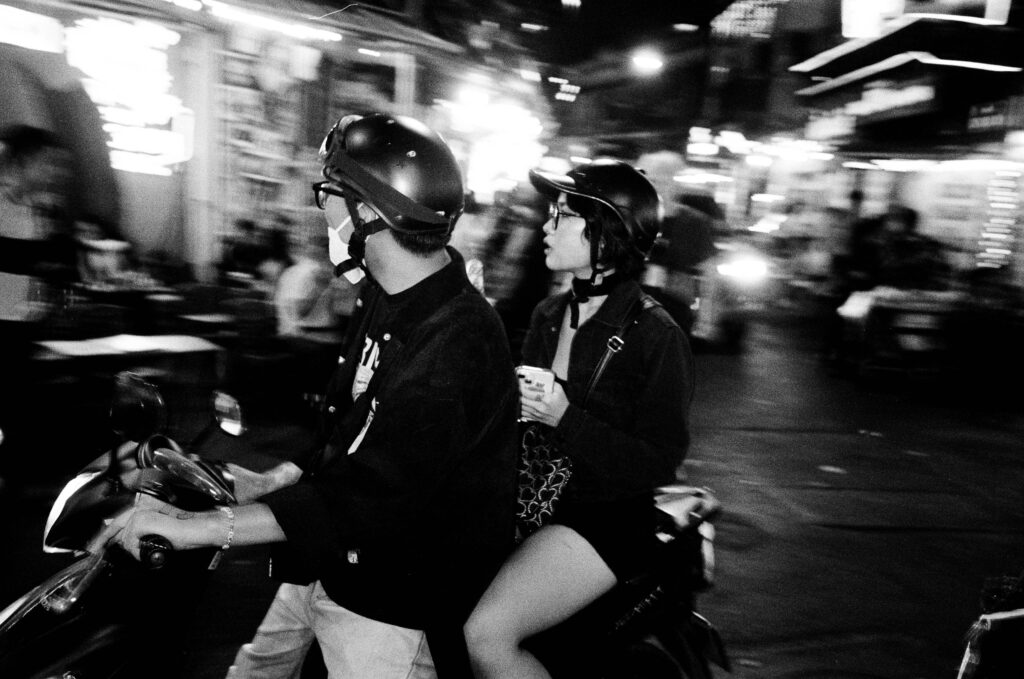
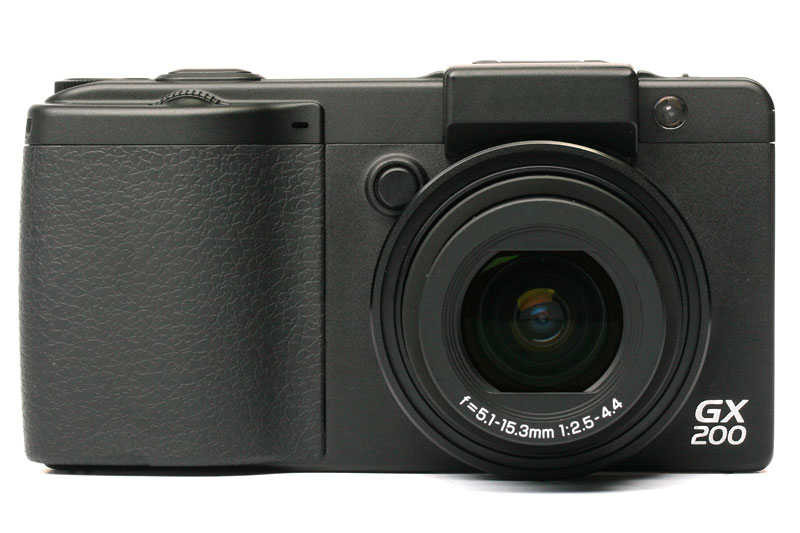
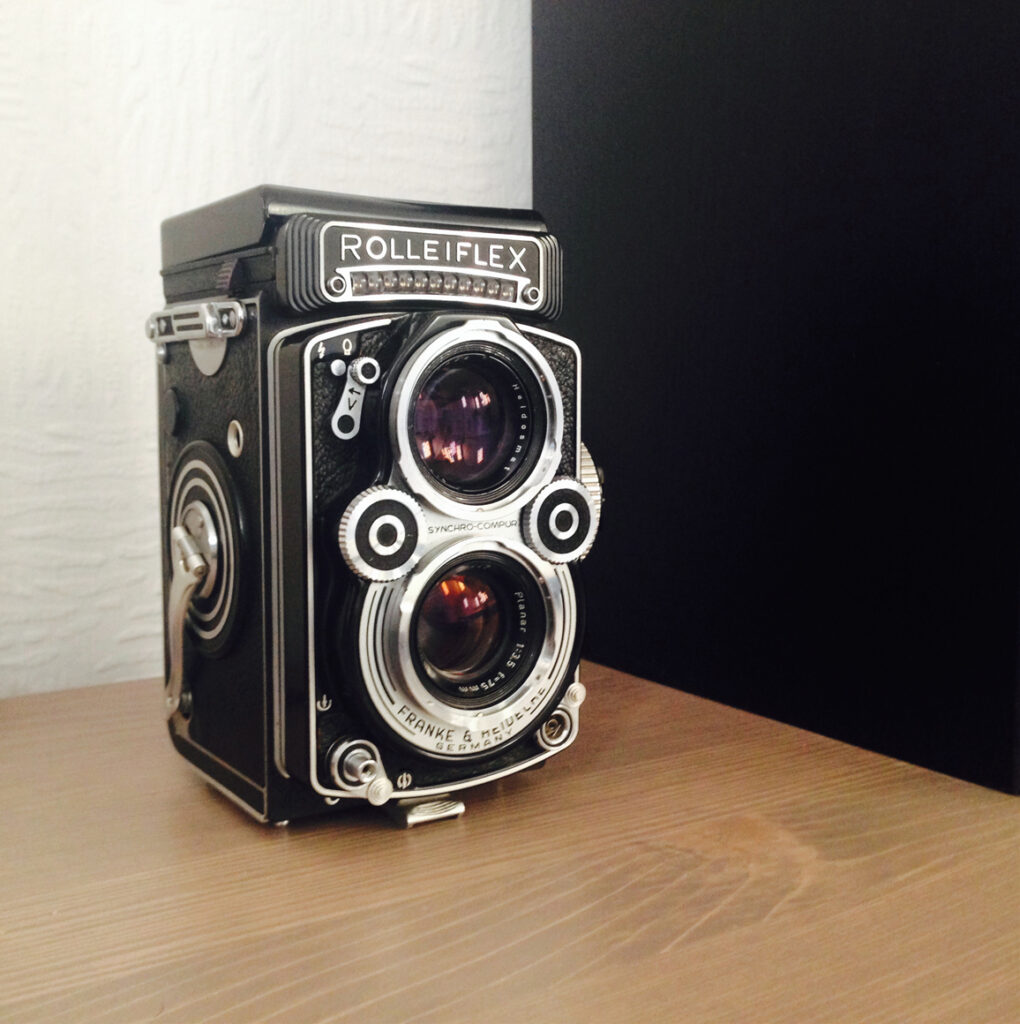




Comments
Martin Siegel on Balancing the Environmental Impact of Photography
Comment posted: 04/06/2023
I'm only half joking - general we should be more frugal with all ressources and not picking one out and pointing fingers to certain things. Leica had a special edition camera covered in vegan python but I'm not certain if that's not a fancy word for plastic leatherette. (There are no vegan snakes anyway) So a bit of modesty in everything by many does more than total refusal by few, IMO.
Comment posted: 04/06/2023
Comment posted: 04/06/2023
Comment posted: 04/06/2023
Brad on Balancing the Environmental Impact of Photography
Comment posted: 04/06/2023
I have two digital cameras (one of which I bought secondhand), so every roll of film I shoot represents an impact I could have avoided if I chose to shoot my digital cameras instead. Everything from the embodied materials and energy involved in extracting the raw materials for film, to the manufacturing and distribution impacts, the impacts of developing, and the impacts of disposal could be avoided.
And yet I love film and my two film cameras (one from the late 1950s, one from the late 1979s) so I continue to shoot it, albeit sparingly. The price of film and processing acts as a natural brake on my consumption, but so does my desire to limit my impact.
Ralph Turner on Balancing the Environmental Impact of Photography
Comment posted: 04/06/2023
As you effectively say, there’s no such thing as a free lunch, the best we can do is try to tread as lightly on the Earth as we can in our photographic pursuits.
Thanks again.
Comment posted: 04/06/2023
Michael Greene on Balancing the Environmental Impact of Photography
Comment posted: 04/06/2023
Comment posted: 04/06/2023
Castelli Daniel on Balancing the Environmental Impact of Photography
Comment posted: 04/06/2023
Lots of things to ‘unpack’ in your essay.
By habit & life history, I’m a low volume, but steady user of film, paper, & chemistry. My wife & I recycle, reuse, etc. I am competent enough to repair most household devices.
We live in a rural part of Connecticut, so cars are a necessity.
Twice a day, every day I see a civilian version of the US Army Blackhawk helicopter flies over my house flying corporate executives.
Once a day, a small corporate jet flies over our house.
I feel we’re being played. One flight of that jet cancels or a week of the helio short range flights probably wiped out all our efforts for a lifetime. I don’t know.
I won’t stop; we won’t stop our efforts, no one should. But I do question if our efforts make any difference.
Comment posted: 04/06/2023
Comment posted: 04/06/2023
Comment posted: 04/06/2023
Michael Elliott on Balancing the Environmental Impact of Photography
Comment posted: 05/06/2023
There are definitely practices that can save resources - especially water - such as using the minimum amount of chemistry needed (personally I try now to collect enough films of the same type requiring the same development as possible before doing them). The Ilford style of final wash also helps reduce the wastage of running water.
I think at the end of the day, any hobby/luxury/thing we need above and beyond our survival is generally going to have some impact and it's making sure that we are doing the things that we're passionate about, in as minimally harmful a fashion as possible, that will count. No need to overthink it but also it should be at the back of our minds as we go about our days. In the end, the Earth our kids and grandkids inherit is the one we leave them.
Comment posted: 05/06/2023